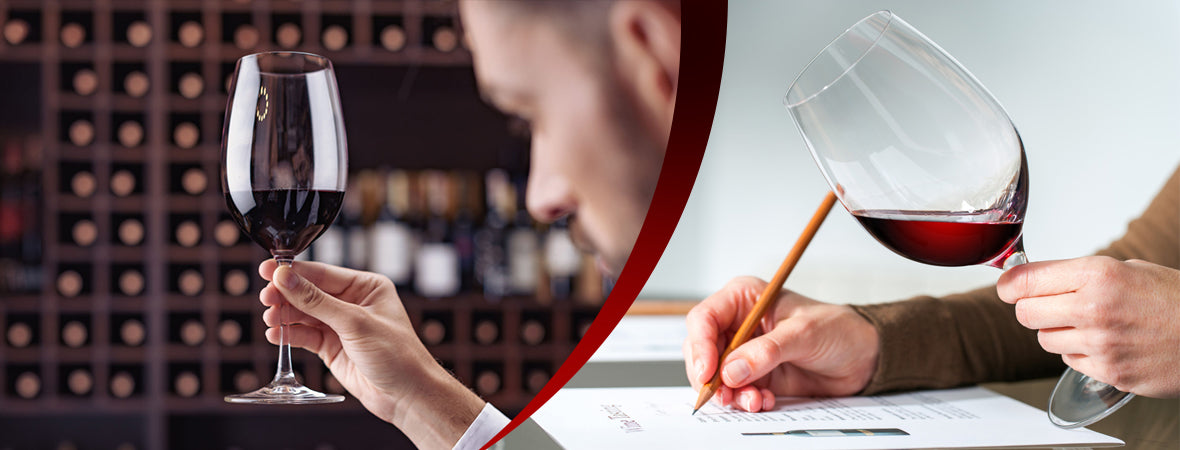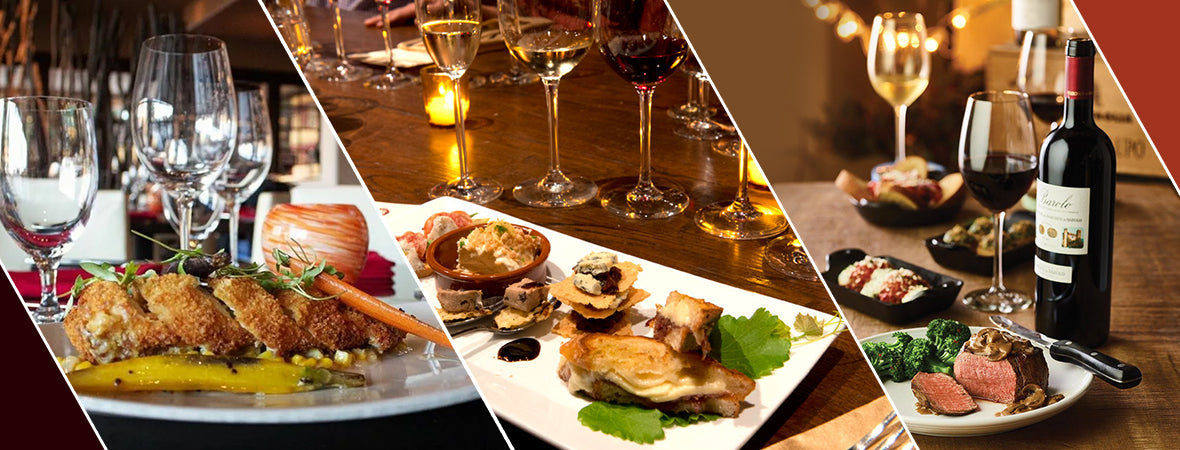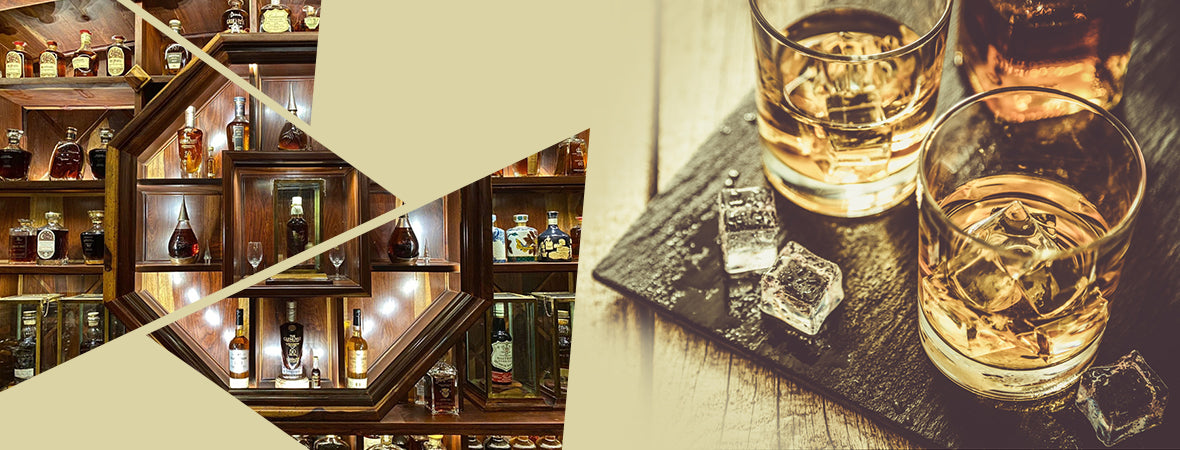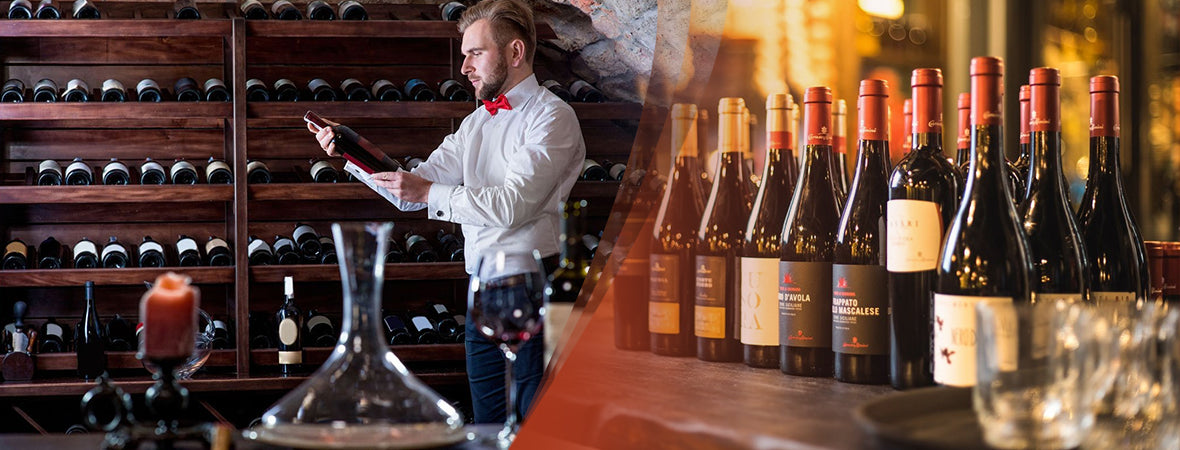When I first got into enjoying wine, I often wondered about starting my own collection of good bottles but wasn’t sure about how the aging of wine worked. Not all bottles can be stored away for years and many have a very short shelf life. There is a science behind aging and once you know the facts behind, you can start working on your collection.
The aging of wine can improve taste and quality. Although wine is perishable, the sugars, acids, compounds, and tannins can alter and make the wine more pleasurable. The ratio of all of these ingredients is important to determining what wines age well. Only 10% of the wine produced has the ability to age.
The majority of wine is meant to be consumed in a few years. I think the first step to aging wine would be to get a storage rack with proper conditions. Proper conditions can include a dark, damp and quiet space where you wine will not be exposed to vibrations. Never store red wine in the refrigerator because with little humidity, the corks will shrink and your wine will spoil. It is also important to store sideways or upside down to keep the cork moist. If the cork dries out it could spoil the wine.
The science and qualities needed to determine which wines age can be a little difficult. Most wines with lots of tannins have a great aging ability. Tannins are a type of astringent which binds with proteins. These polyphenolic compounds are found in plant leaves to add a bitter taste to the leaves to prevent animals from eating it. These tannins are actually quite beneficial to wine. They give the wine body. The puckering feeling in dry red wine is the tannins binding with the proteins in your saliva. These tannins break down as time passes and become sediment in the bottom of the bottle. During this process, the wine becomes smoother and the color becomes a more brick, rusty color.
Wines with a low PH also have a greater capability of aging. In white wine sugar acts like tannins and preserves the wine. The white wines with the longest aging ability seem to be the ones with high amounts of extract and acidity as well as less water. The less water in the grape prior to harvest, the more likely the grapes will have aging potential.
Each wine has its own aging potential. There is a point at which the wine is ready to drink. It is possible to over age and hold on to a bottle for too long.
Vintage sometimes plays a role in determining the aging ability of a wine. Climate and temperature plays an important role. There are vintage charts that explain which regions had a great year for wine. The factors in determining a good year could be rainfall, whether or not there was extreme heat or extreme cold. The harvesting time as well play an important role.
Once you know the style and are able to store it properly than you will be on your way to having a great collection.
Further reading: Wine Accessories: What You Need to Know
Learn more about our wines and spirits here.





